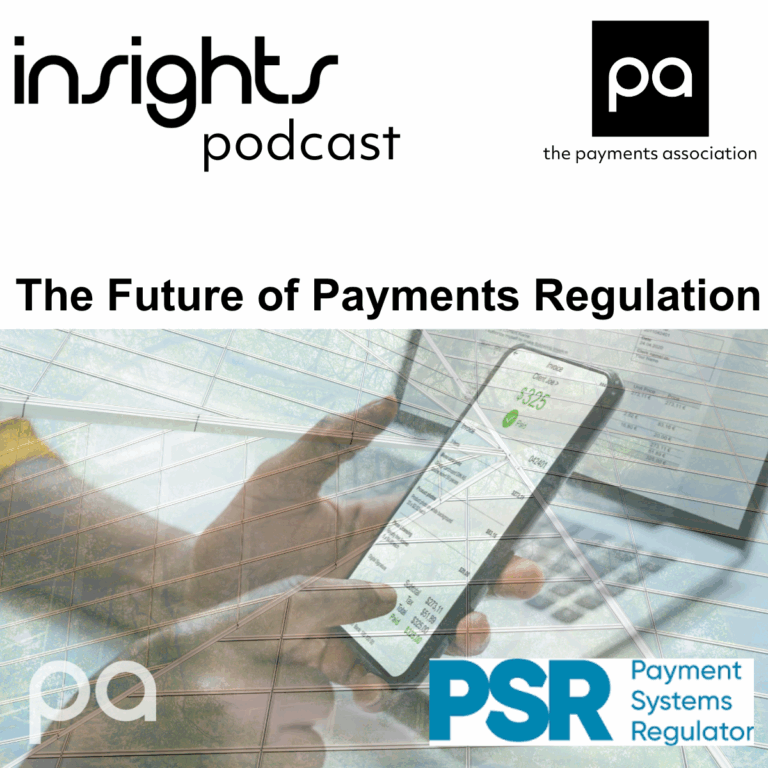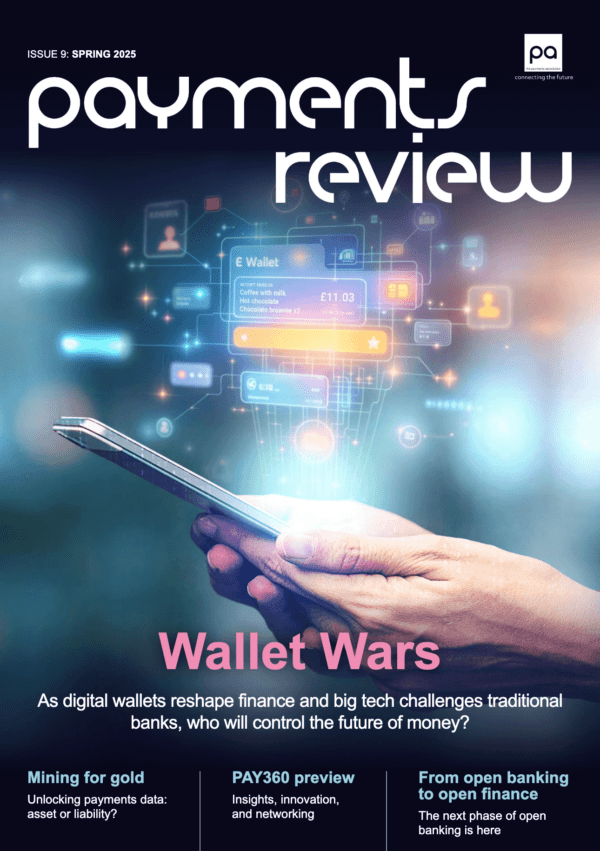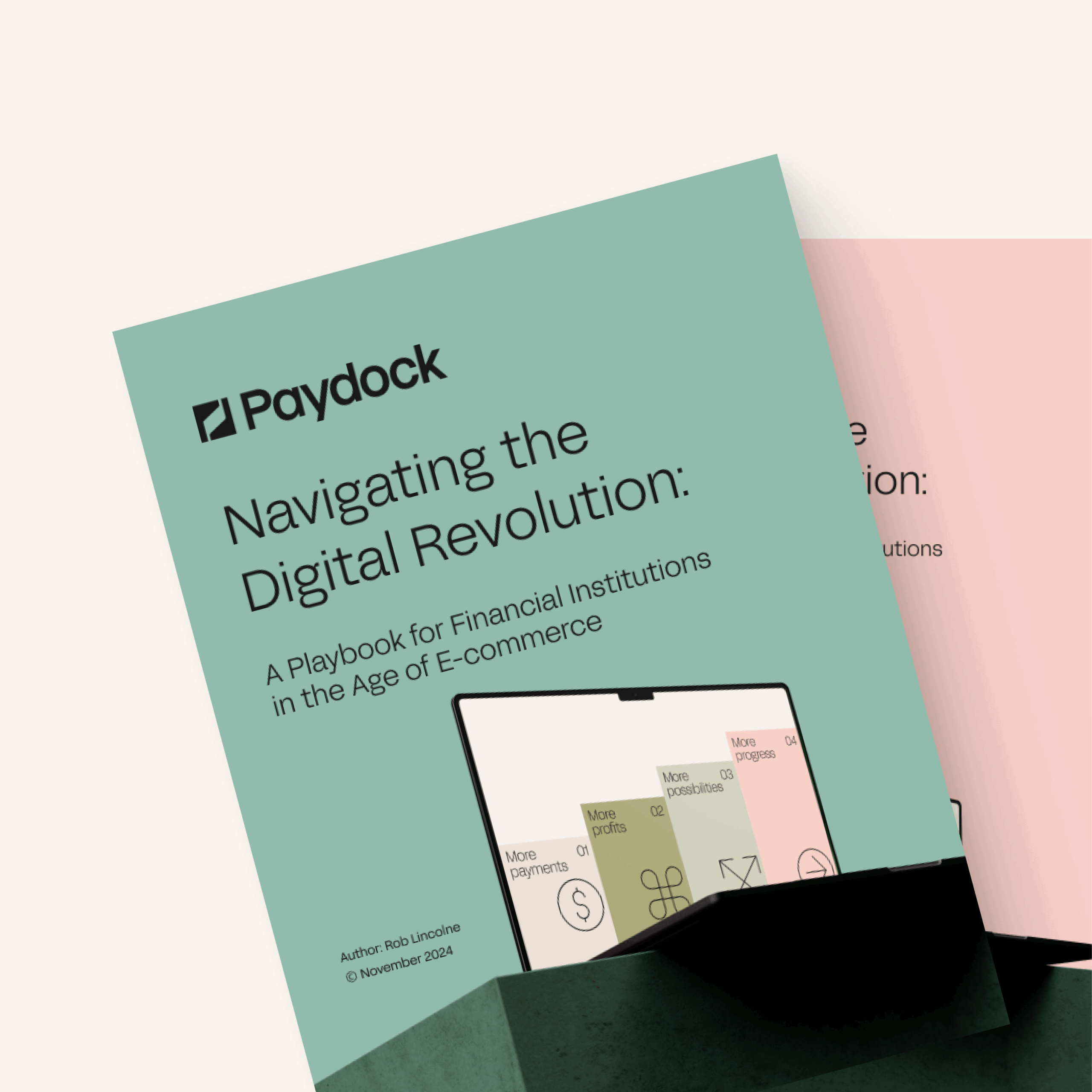The financial industry is experiencing a seismic shift, fueled by the advent of artificial intelligence (AI) and open banking. Far from being isolated phenomena, these two revolutionary forces are converging to redefine the very fabric of financial services. This article aims to elucidate how the synergy between AI and open banking is transforming finance into a more efficient, personalized, and transparent domain.
The Genesis of Open Banking
Open banking did not emerge in a vacuum; it was the product of a confluence of technological advancements and legislative actions. The 2008 financial crisis had exposed the drawbacks of traditional banking systems, propelling the need for a more transparent and consumer-friendly approach. This led to the introduction of the Second Payment Services Directive (PSD2) in the European Union in 2015, which mandated banks to open up their data via Application Programming Interfaces (APIs).
The legislation rapidly accelerated the adoption of open banking models. Financial institutions transitioned from being walled gardens of information to becoming part of a larger, interconnected ecosystem. This shift has not only democratized financial data but has also provided fertile ground for technological innovations, including artificial intelligence.
Open banking serves as a prime example of how legislative action can accelerate technological adoption, to the benefit of both consumers and the industry. It set the stage for a more collaborative environment, where traditional banks and fintech companies can coexist and even complement each other.
The Emergence of AI in Finance
AI initially entered the financial sector as a tool for automating mundane tasks. Early applications included fraud detection and customer service bots. But as machine learning algorithms advanced, the scope of AI in finance has broadened significantly. Now, we see AI performing complex tasks such as algorithmic trading, risk assessment, and customer behavior prediction with high accuracy.
The transition from being a mere tool for automation to becoming a cornerstone in financial technology didn’t happen overnight. Advances in the field natural language processing(NLP) and deep learning enabled AI systems to understand human behavior, market trends, and even predict financial crises. As a result, AI is no longer an optional add-on but a critical component that drives the decision-making process in modern finance.
In addition to its growing presence in decision-making processes, AI is also revolutionizing regulatory compliance and governance within financial institutions. Known as RegTech, this application of AI simplifies the complex task of navigating through various regulations by automating reporting and data collection, thereby significantly reducing compliance costs and human error. AI’s role in RegTech shows its versatility and ability to adapt to different facets of finance, further solidifying its position as an indispensable asset in the industry.
Synergy Between AI and Open Banking
When AI and open banking collaborate, the benefits are mutual and transformative. Open banking provides a fertile ground of rich, structured data that AI algorithms can tap into for analysis and decision-making. On the flip side, AI can enhance the utility of open banking by offering personalized financial services based on individual consumer data. This creates a virtuous circle where data feeds into AI algorithms, which in turn generate insights that make open banking more effective and consumer-centric.
In real-world applications, the collaboration between AI and open banking is quite evident. One example is in the realm of personalized financial advice. AI-powered algorithms analyze transaction history and spending behavior available through open banking APIs. This enables the provision of tailored advice on budgeting, investments, and retirement planning. Another application is in the area of fraud detection. Open banking can flag unusual transactions in real-time, and AI can immediately analyze these to either clear them as false positives or identify them as genuine security concerns, all in a matter of milliseconds.
Moreover, open banking and AI are jointly facilitating instant loan approvals and dynamic pricing models. Instead of waiting for manual approval, AI algorithms can quickly assess credit risk by analyzing a range of data available through open banking, from transaction history to current account balances. This speeds up the loan approval process and allows for more nuanced risk assessments, ultimately benefiting both consumers and financial institutions.
Open Banking: A Fertile Ground for AI
Open banking serves as a robust foundation for AI algorithms by offering a data-rich environment. The availability of structured data—ranging from transaction histories to account balances—provides the raw material that AI requires for precise analysis and decision-making. Unlike isolated databases, open banking systems have the capacity to aggregate data from various financial institutions, thereby broadening the data sets accessible to AI systems.
From a technical perspective, APIs are the linchpin that makes this integration seamless. These APIs allow for secure, real-time data sharing between traditional banks and third-party service providers, including AI platforms. The use of RESTful APIs, for instance, enables quick data retrieval and updates, which are essential for AI algorithms to function effectively in real-time scenarios like fraud detection or market analysis.
The API ecosystem in open banking is continually evolving to include more advanced features, like data categorization and anomaly detection, directly benefiting the AI algorithms that rely on this data. The symbiosis between open banking and AI is thus not merely conceptual but deeply rooted in technical compatibilities that enhance the efficacy of both.
Ethical and Regulatory Challenges
As promising as the synergy between AI and open banking may be, it raises significant ethical and regulatory concerns. Data privacy stands at the forefront of these ethical dilemmas. While open banking promises transparency and control, the involvement of AI algorithms that sift through personal financial data can evoke concerns about misuse and unauthorized access.
On the regulatory front, there are frameworks in place to govern both open banking and AI in finance. For instance, the General Data Protection Regulation (GDPR) in the European Union stipulates stringent rules for data collection and processing, directly impacting how AI algorithms operate. In the context of open banking, compliance with regulations such as PSD2 is mandatory for secure data sharing.
However, the pace at which both technologies are evolving presents a challenge for regulatory bodies. New kinds of data manipulation and fraud, unforeseen by existing laws, can emerge. Consequently, there is an increasing call for adaptive and forward-looking regulatory measures that can keep up with the rapidly evolving landscape of AI and open banking.
Case Studies
Two prominent case studies exemplify the successful integration of AI and open banking.
- First, the fintech startup Revolut uses AI algorithms to analyze transaction data obtained via open banking APIs. This enables Revolut to offer dynamic budgeting tools that adapt to individual spending habits.
- Second, JPMorgan Chase employs AI in tandem with open banking to provide an advanced risk assessment model for loan approvals. By analyzing a plethora of data points, the system can gauge creditworthiness with unprecedented accuracy.
Future Prospects
The confluence of AI and open banking is poised to usher in innovative solutions for both consumers and financial institutions. Developments in quantum computing and blockchain technology could further enhance data security and computational capabilities, making real-time, high-volume data analysis more efficient. Furthermore, as voice-activated AI assistants become more sophisticated, the integration of such technology with open banking platforms could redefine how consumers interact with their financial data.
Conclusion
The alliance between AI and open banking is more than a mere technological trend; it’s a paradigm shift that is transforming the financial sector. From opening new avenues for personalized financial planning to enhancing regulatory compliance, the fusion of these technologies is shaping a more efficient and consumer-centric financial ecosystem. As we continue to explore this intersection, it is crucial to consider not just the opportunities but also the ethical and regulatory challenges that come with it. Further research and discussion in this domain are not only welcome but essential for responsible advancement.
As subject matter experts, VE3 is dedicated to assisting financial institutions in navigating the complex regulatory landscape and adapting to the evolving Open Banking environment. We provide tailored solutions and strategic guidance to ensure regulatory compliance while capitalizing on new opportunities for growth and innovation. Read more of such insights and harness the power of our innovative digital solutions or contact us directly.




























